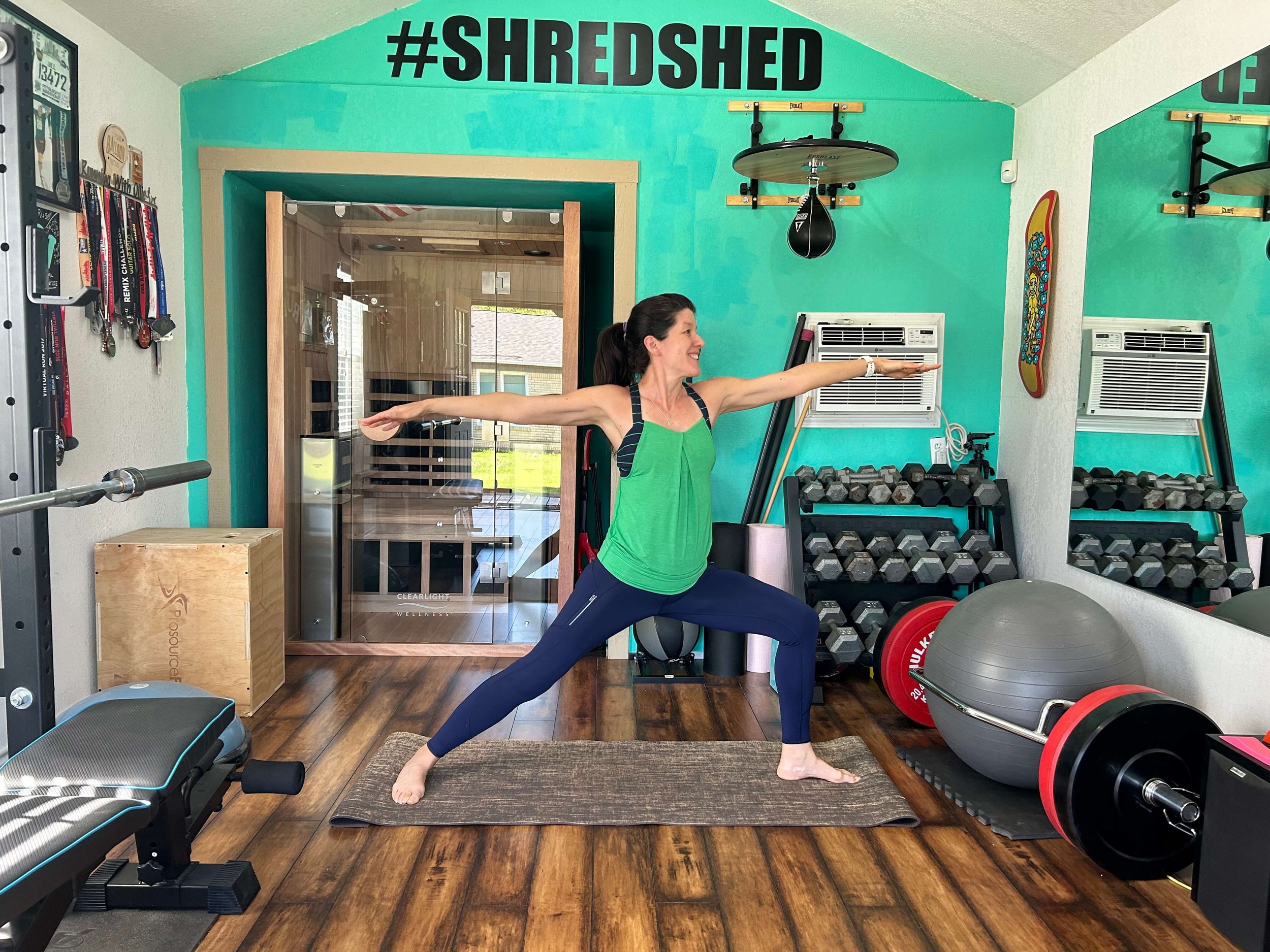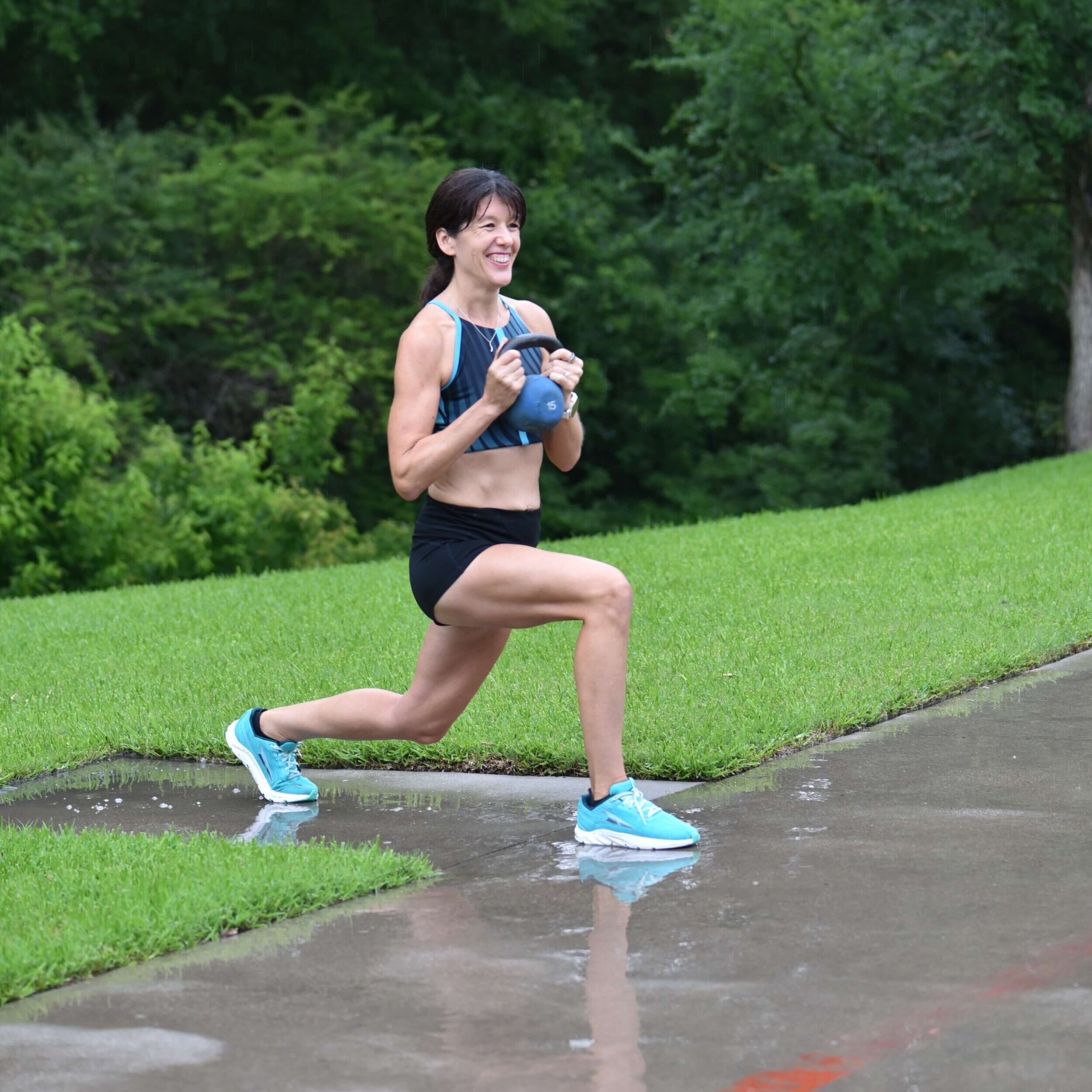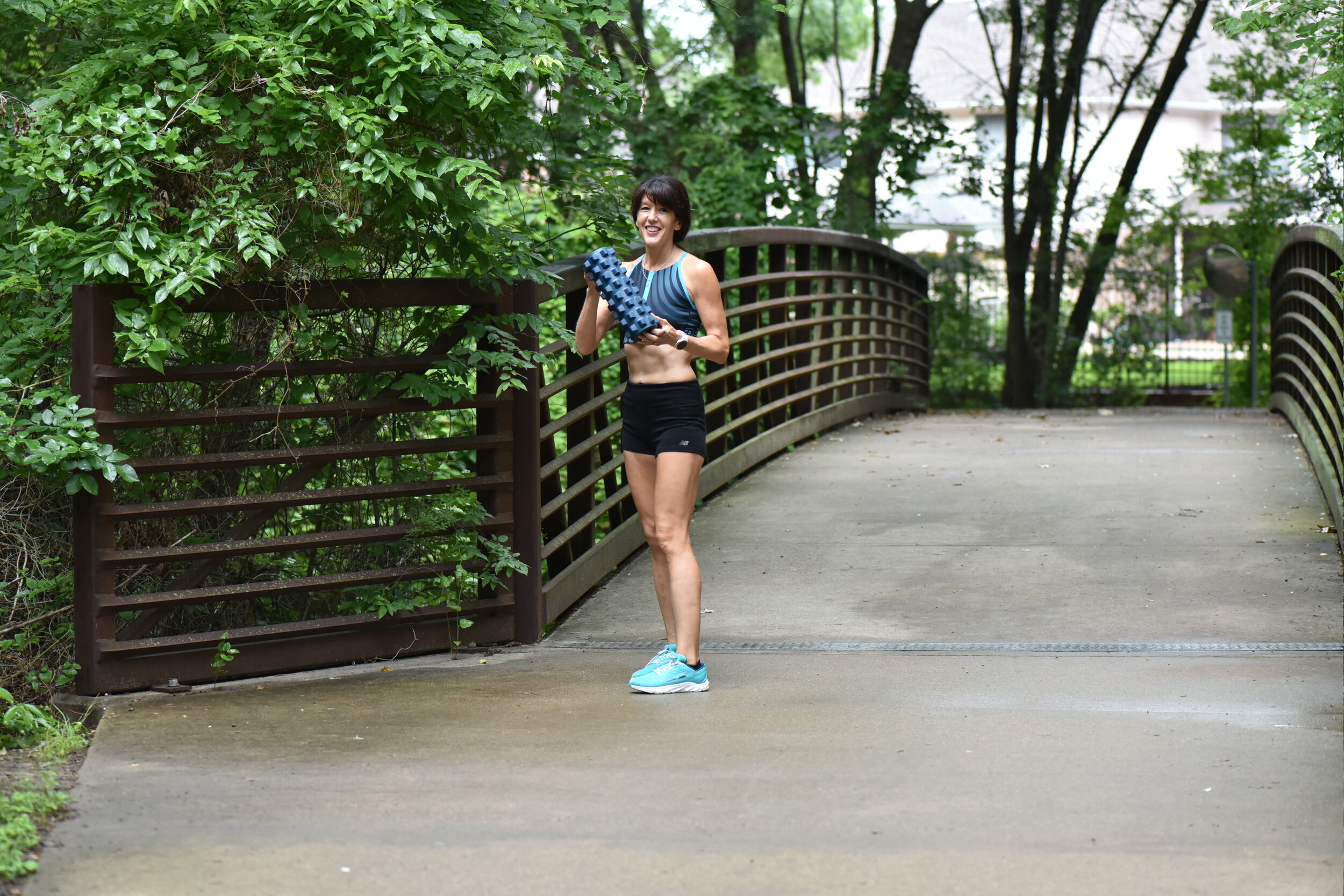Welcome to another edition of Workout Wednesday! A few weeks ago I wrote a post called types of running workouts to increase speed and I received some feedback that while it was interesting to learn about the types of workouts, people were looking for the specific workouts they could do to increase speed.
It is hard to provide general interval training plans for people that I don't know. As a running coach, I develop training plans based on my client's current abilities, while keeping in mind their specific goals and limitations.
It is challenging to assign specific running paces to use for intervals on the internet. One pace would be much too easy for some runners and much too challenging for others. Trying to run at an arbitrary pace because a blog post told you to can lead to injury, overtraining and burnout. AKA don't do it.
I can get around this limitation by providing paces based on your current 5K pace. This way everyone can work at their own level based on a recently timed race. Have you ran a 5K recently? If not, just map out 3.1 miles on the road and record the time it takes you to complete. Run this 5K as you would an actual 5K race, moderately faster than what is comfortable. It shouldn't be a light easy jog and it shouldn't be an all-out effort run. The sweet spot is somewhere in the middle. Once you have established your current 5K pace, you'll be able to determine the appropriate pace to run each interval. It is important to run based on your current 5K pace, not a 5K race you ran 3 years ago and not the 5K pace you hope to run one day. You should only increase your interval paces when your 5k pace proves to be faster. Got it?
THE TRACK
Track workouts are often described in meters which can be confusing to those of us who are used to measuring distance in miles. The track makes it very easy to measure distance in meters. You just need to count your laps:
200 meters is 1/2 lap of the track (one straight and one curve). It equals 1/8 mile.
400 meters is one lap around the track. It is equals 1/4 mile.
800 meters is two laps around the track. It equals 1/2 miles.
1600 meters is four laps around the track. It equals 1 mile.
Warm up by jogging for 1600 meters (1 mile / 4 laps around the track).
Once warmed up run 800 meters (1/2 mile / 2 laps around the track) 45-60 seconds faster than 5K pace. If your last 5K was at 10.00 minute mile pace (finished in 31 minutes), you would run this interval at a 9 to 9:15 minute mile (approx 4.5 minutes for 2 laps).
“It’s easy. Take your current 5K pace per mile then subtract 45-60 seconds to determine your first interval pace.”
Jog or walk 200 meters (1/8 mile / 1/2 lap around the track) to recover.
Run 1600 meters (1 mile / 4 laps around the track) 10-12 seconds faster than your current 5K pace. If your last 5K was a 10 minute mile (finished in 31 minutes), you would run this interval at 9:48-9:50 per mile
“Take your current 5K pace then subtract 10-12 seconds to determine your long interval pace.”
Jog or walk 400 meters (1/4 mile / 1 lap around the track) to recover.
Run 800 meters (1/2 mile / 2 laps around the track) 45-60 seconds faster than 5K pace. If your last 5K was at 10.00 minute mile pace (finished in 31 minutes), you would run this interval at a 9 to 9:15 minute mile (approx 4.5 minutes for 2 laps).
Jog 400 meters then walk 400 meters to recover and cool down.
That's four miles! You should complete this workout feeling fatigued but also feeling like you could do one more interval if your mean 'ol coach asked you to do it.
I recommend no more than 2 or 3 speed workouts per week for experienced runners and 1-2 for new runners. Always start with a solid running base of 20 miles per week of easy runs for at least 4-6 weeks before beginning any interval training. Always take a rest day or very easy run the day after a hard interval workout. Run your hard runs hards and your easy runs easy. Remember that adaptation to exercise (i.e. getting stronger/faster) happens during rest, not during the workout. Allow your body the time to recover, rebuild and get faster. Aim for 7-8 hours of sleep each night, fuel your body with mostly foods from nature, eat plenty of protein and carbs and you'll be set up for success.
Wondering about track etiquette? Check out my latest Running A-to-Z post about track etiquette. Don't make these mistakes when running on a track.
Have questions? Confused? Need clarification? Leave your questions in the comments or be a part of my new series "Ask the Trainer" and have your questions answered in a future blog post.
Like this post? It helps me when you share.
I am a NASM personal trainer and RRCA adult distance running coach that specializes in strength training for runners. I offer in-person training in the Shredshed, online training and Fit to Run bootcamps. If you are interested in a more in-depth running or strength training plan, please contact me. Have questions? I'd love to help.
While I am a certified personal trainer, I am not your personal trainer. Since I don't know your exercise abilities, injury background or medical history, please see your doctor before beginning any new exercise program.













